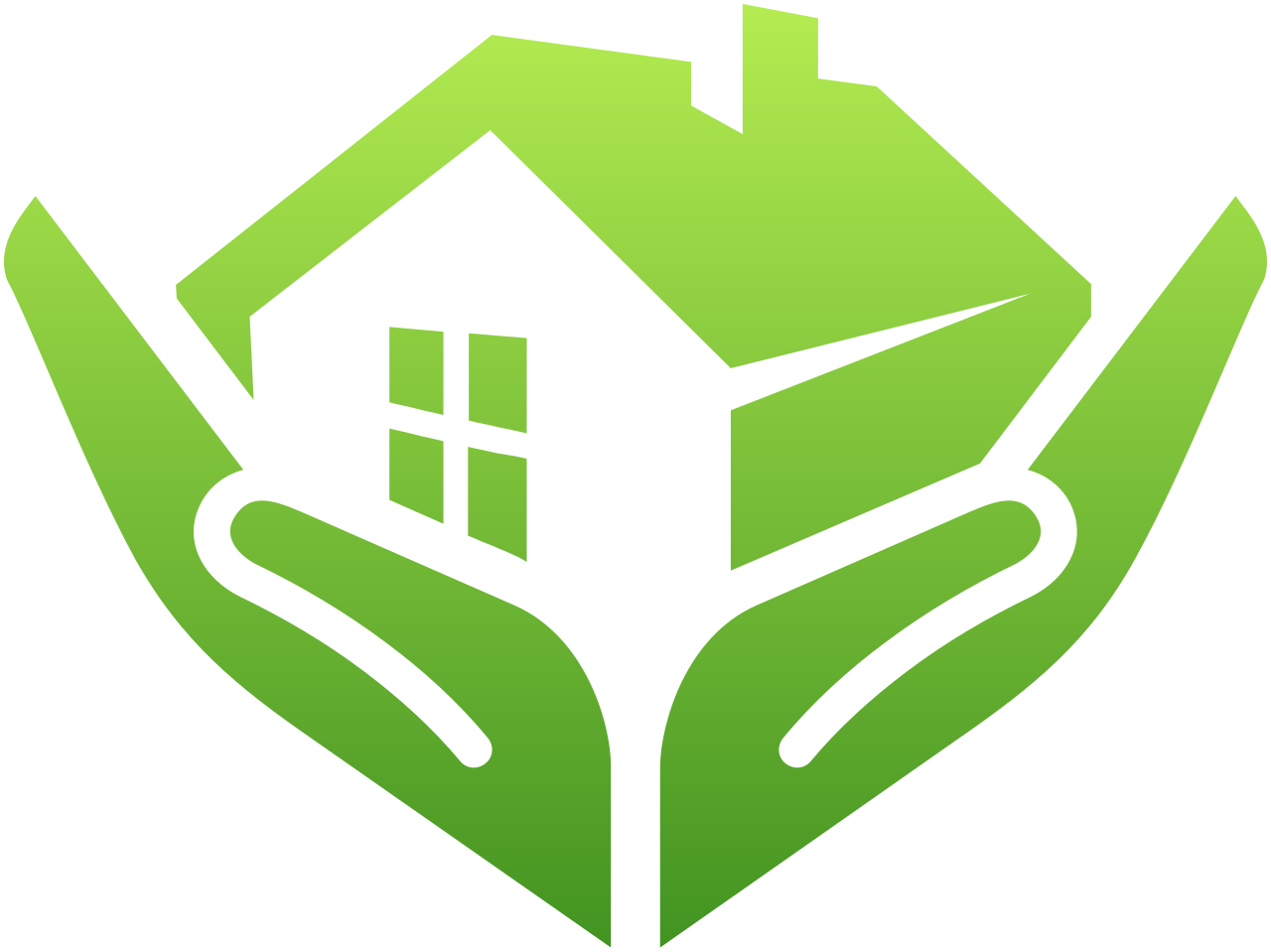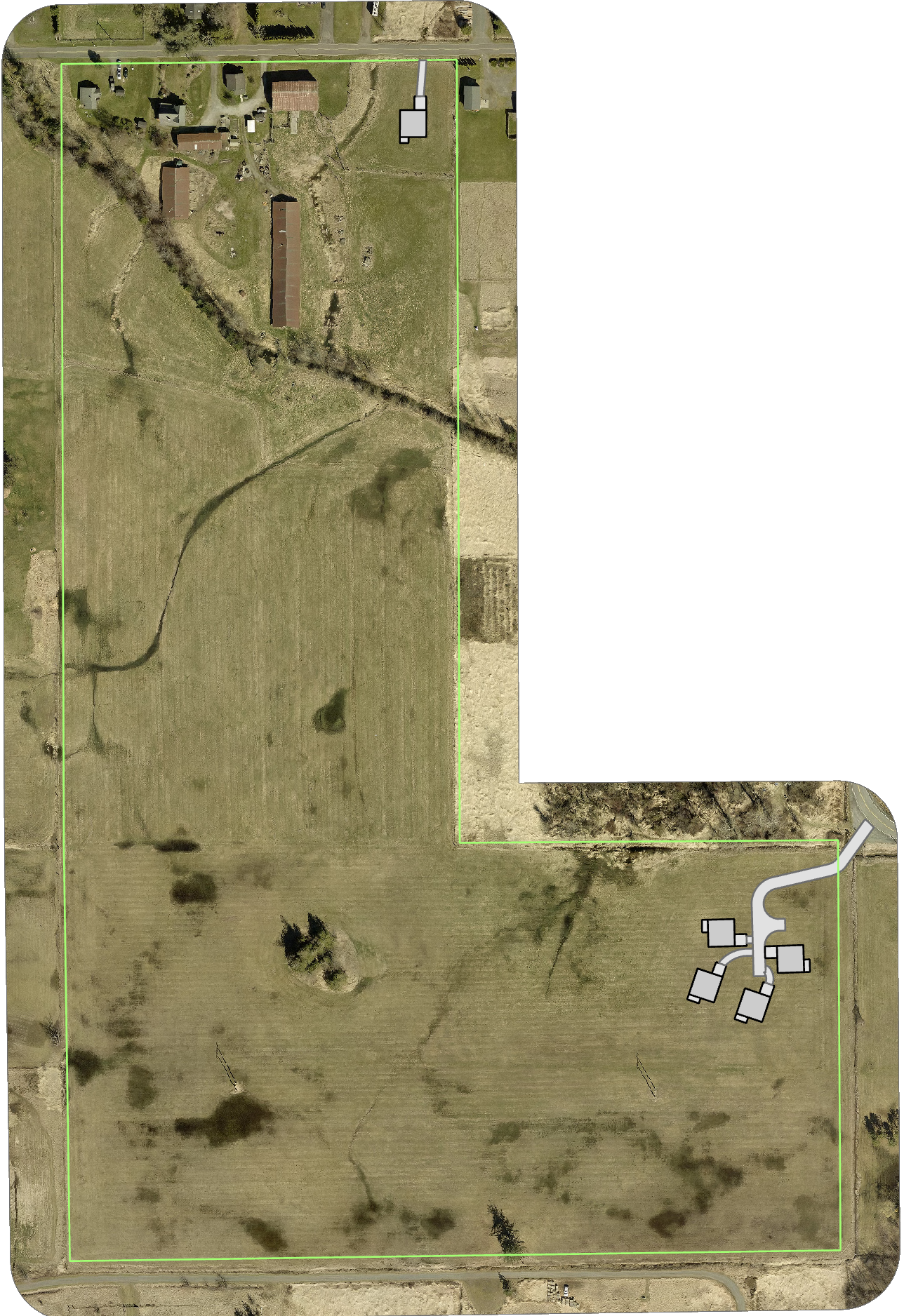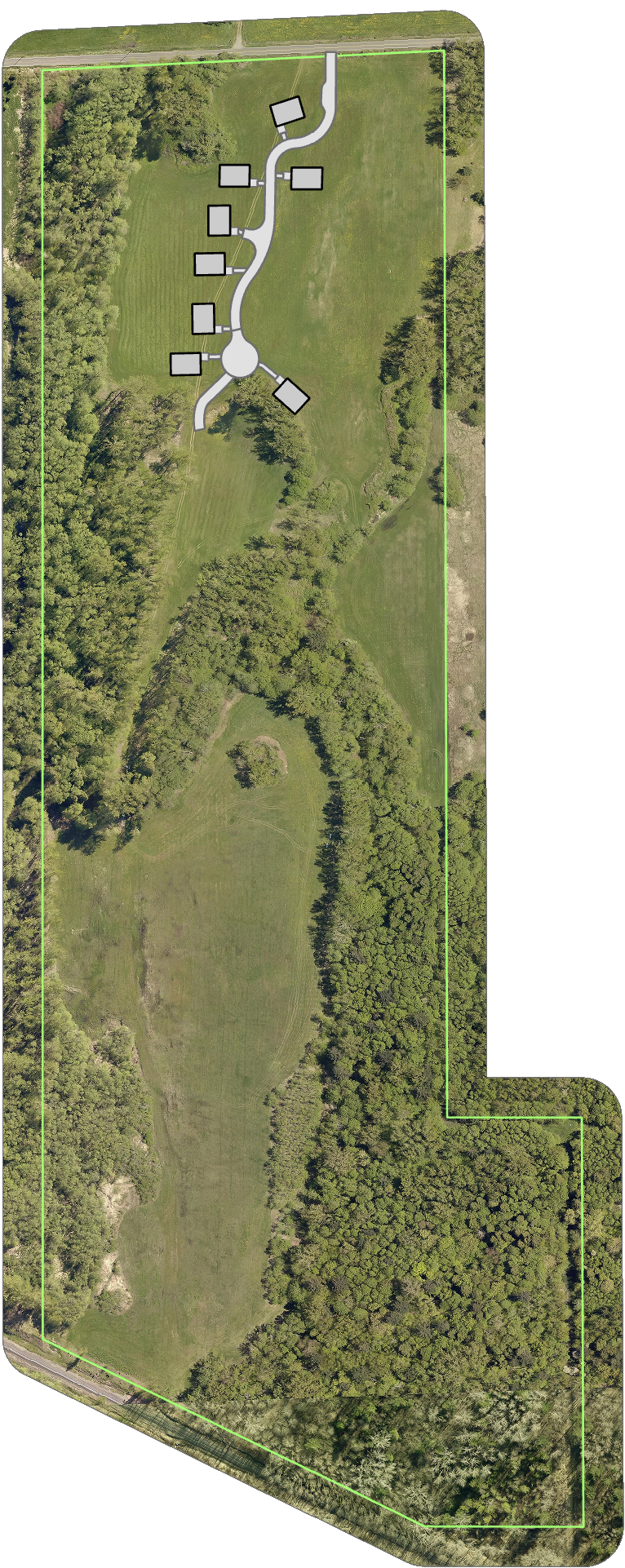
Dudmaston LLC
restores damaged land for use as homes for people and wildlife.
Habitat cleanup
We begin by removing garbage, waste, pollutants, old vehicles. We dismantle any derelict buildings and recycle/reuse the materials.
Maximizing housing
We evaluate existing houses and where practical restore them for use as starter homes. We use any remaining development rights to construct additional family homes clustered close to existing infrastructure.
Ecological uplift
We enhance natural habitats to create better homes for wildlife beginning by replacing any fish barrier culverts and planting thousands of trees to lower stream temperatures and sequester carbon.
maximizing community value
We evaluate the balance of the land and allocate it for farming or forestry, or we plant more habitat to generate wetlands mitigation credits which can be used to offset impacts in high density urban areas where it is most practical to build affordable housing.
Some of our current projects include:
PROJECT LONGFORD
3 STARTER HOMES AND 5 NEW FAMILY HOMES WITH 34 ACRES PROTECTED FOREVER
Click here to see our uplifting video

project longford
Project Longford encompasses a 40-acre farm, zoned for 8 homes with public water service. The property contains three existing residences, a workshop, a barn, and two large derelict sheds adjacent to a salmon stream. All new housing impacts shown on the map in grey.
Longford = MOre housing
Phase One plans to place the 3 existing homes on separate titles to create starter homes for young families, providing opportunities for building equity and easing the entry into the housing market. An additional 5 new homes will accommodate multi-generational families, allowing grandparents to age in place while offering childcare. All homes will be closely clustered to minimize development impacts. The proposed mitigation measures for the minor development impacts will exceed legal requirements, resulting in better wildlife habitat.
Longford = More habitat
Phase Two involves planting 30,000 native trees and shrubs over 32 acres to create additional wildlife habitat. This project will expand the habitat corridor near the southeast corner of the property. Silver Creek, a fish-bearing stream, has little to no flow in summer. Our plan to restore historical wetlands next to Silver Creek would improve instream flows by removing nearby derelict buildings, creating a rich wildlife habitat sustained by winter floodwaters, with no cost to County residents.
PROJECT DEVERNON
8 NEW FAMILY HOMES WITH 80 ACRES PROTECTED FOREVER

project devernon
Project Devernon encompasses an 85-acre parcel previously used as a sand mine in the 1960’s. The property is zoned for 8 homes and has public water service. All new housing impacts shown on the map in grey.
DEVERNON = MOre housing
Project Devernon will develop 8 new family homes, using less than 5% of the property. To minimize development impacts the homes will be situated close to the county road, on the high ground well away from wetlands on both sides. The design, developed after years of study and planning successfully avoids impacting all environmentally sensitive areas.
DEVERNON = More habitat
We have steadily enhanced the property for net environmental gain by removing garbage and abandoned vehicles and replacing a fish barrier culvert with a bridge. Within months following the bridge’s completion, fish were found spawning over a mile upstream. Additionally, we have planted 7,500 native trees and shrubs on about 15 acres to create wide stream buffers and improve creek water quality.